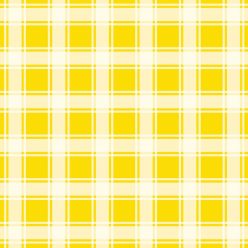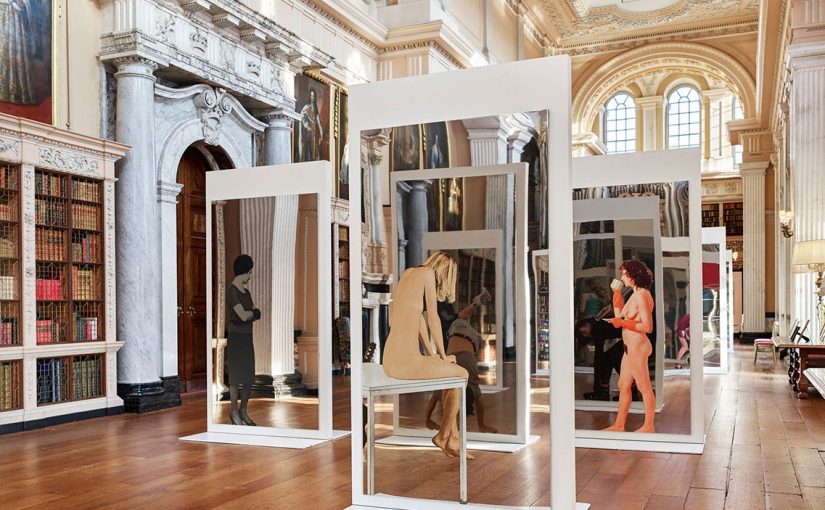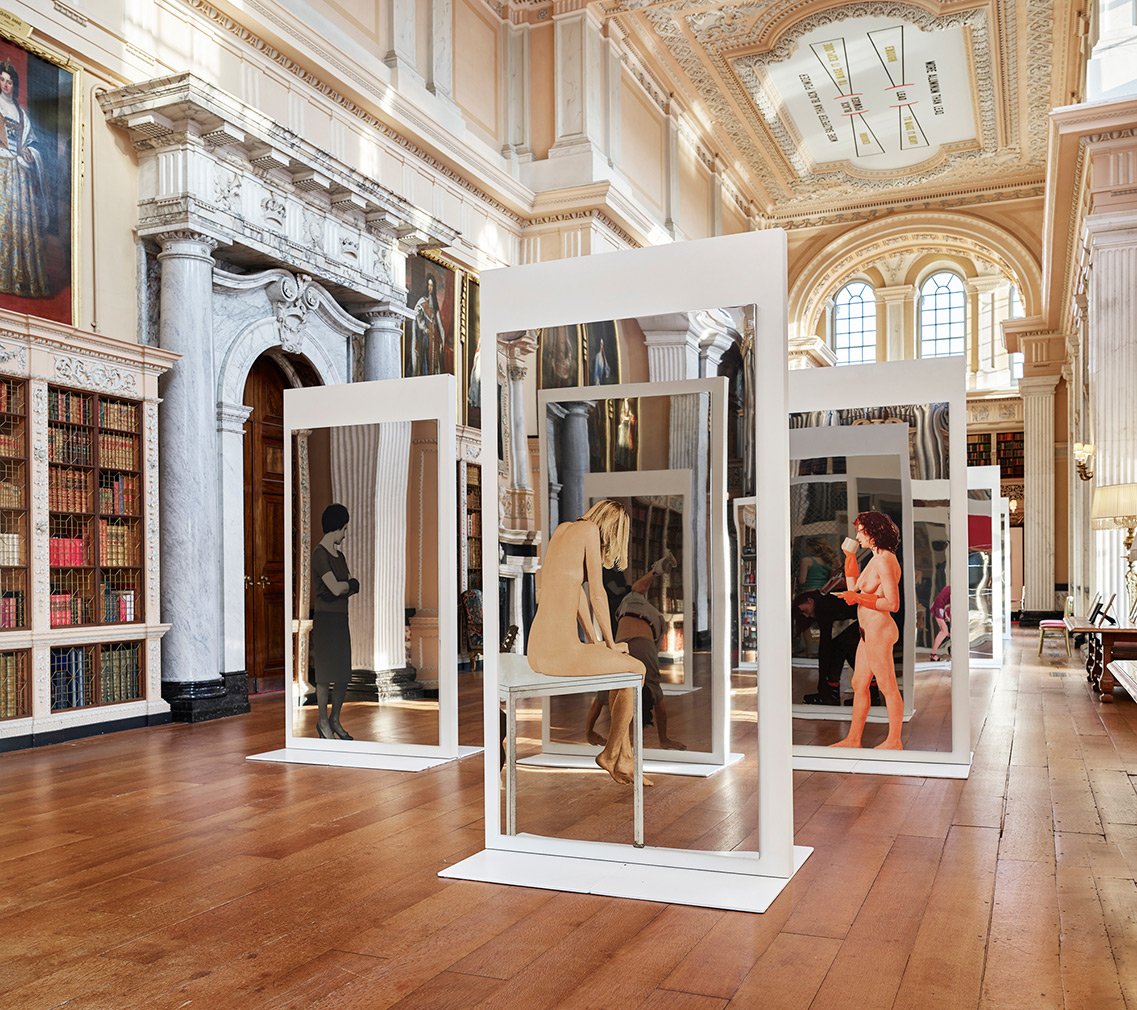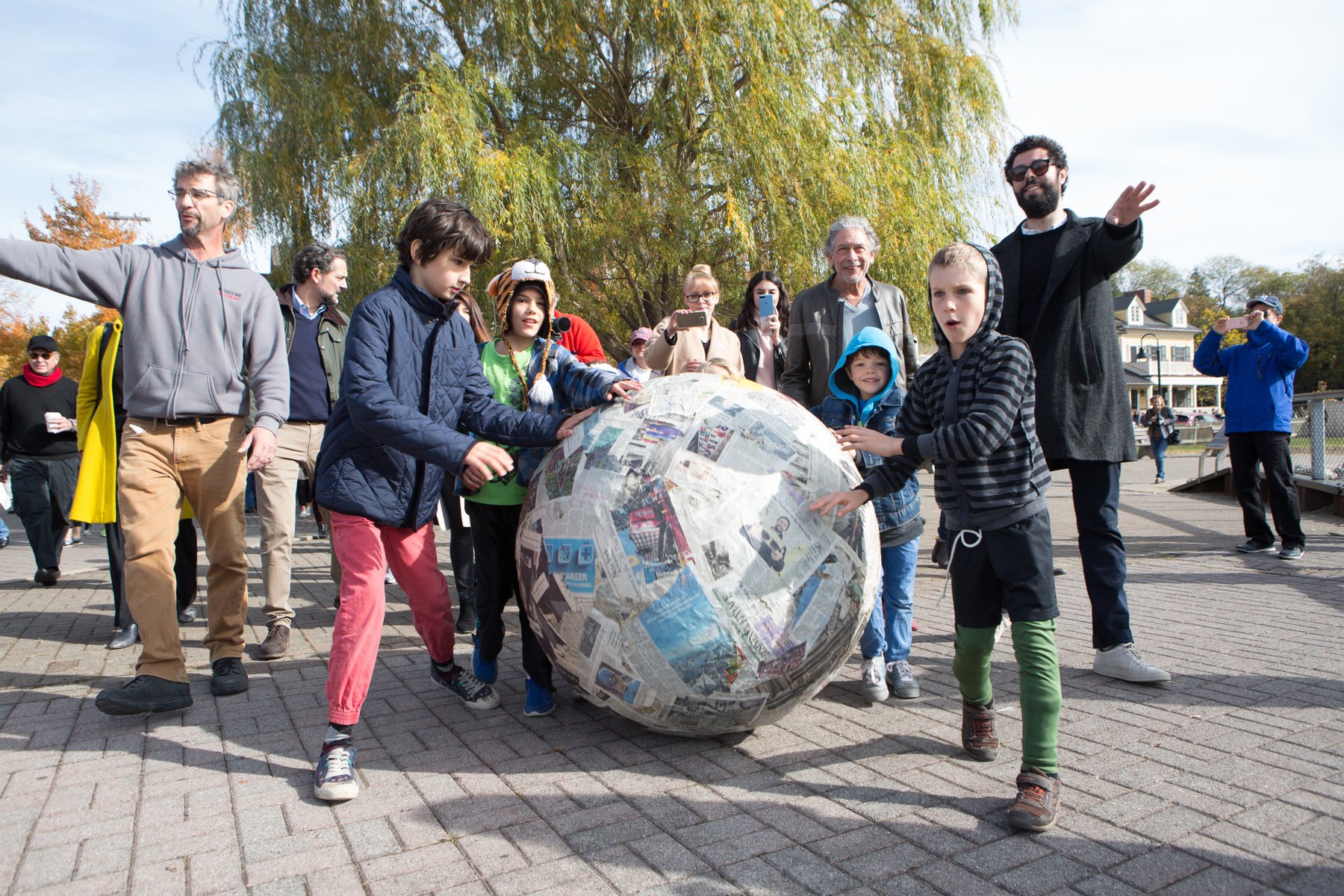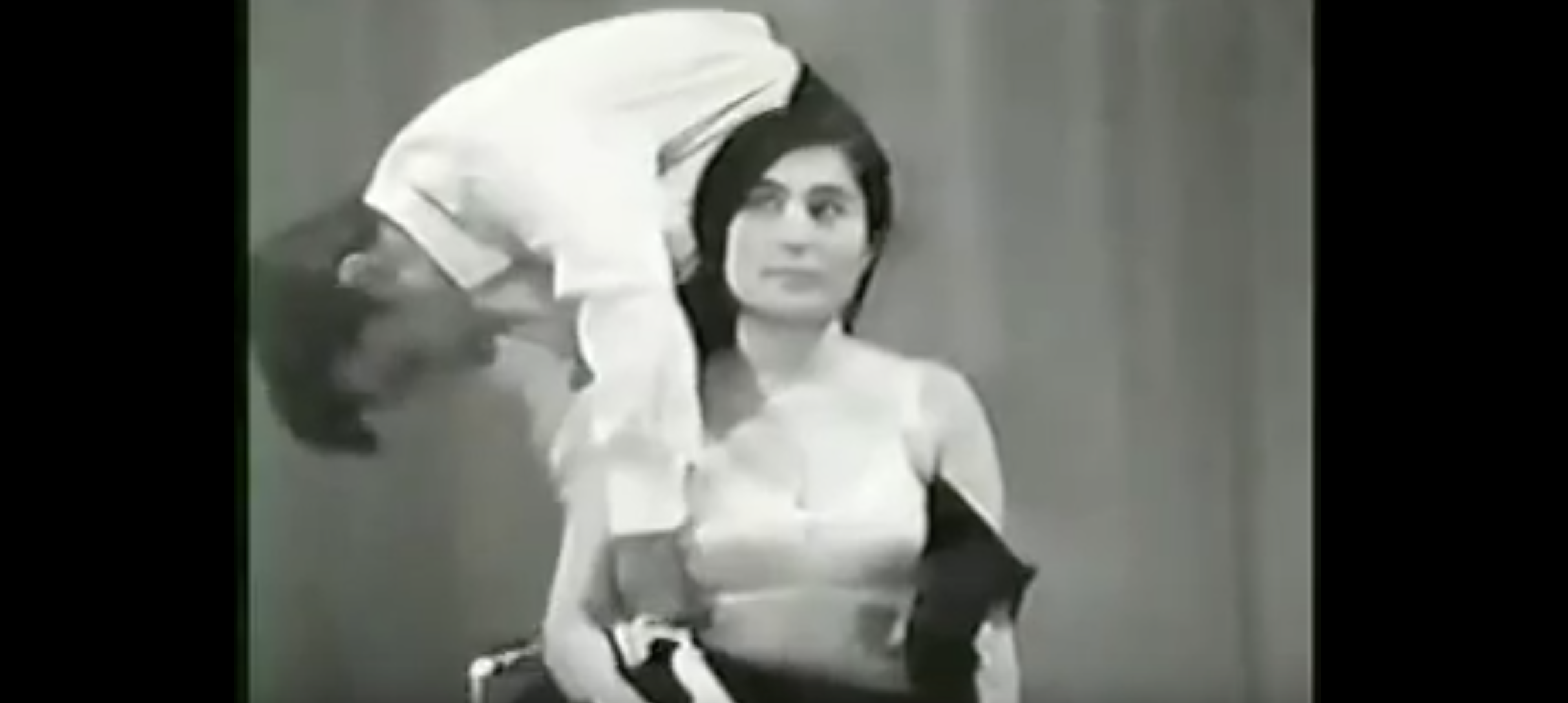This was an eye-opening read. Throughout my art-making years, I have more or less come across the concept of this “social practice art”, but I have never really thought about it deeply.
In my previous post on Michelangelo Pistoletto’s works, I talked a little bit about how in our current age, there are no more boundaries to art. You have many different types of art forms, many different interpretations, many different messages, artists, values, etc. There is no one way to describe art. But that’s the tricky part – what can or cannot be considered art, when there is no clear restrictions, no clear requirements?
A moment could be art – but why? Take Banksy’s “Girl with Balloon”.
The shredding was a deliberate act by Banksy. Even though it was supposed to be shredded all the way through, it still delivers a message – one that I interpreted as the value of his works drops as soon as it is sold. Banksy’s works are on the streets. Graffiti works that are smartly placed, sometimes delivering political or social messages. In essence, street art is a freedom of expression, sometimes of a rebellious nature. It is put out there for everyone to see. For passersby, for the people. Putting a price tag on it, selling it to a “collector” takes it away from its audience, strips it of its value as an art work for the streets.
However, that act in itself is considered performance – a statement. It is then deemed even more valuable than before it was shredded.
I can’t help but think that a big factor as to why this happened is that it was by Banksy. The reputation of the artist itself already affects the way an art work would be perceived. There is a power to Banksy’s name.
If it were to be made by an unknown, would it be as valuable?
If more others talked about it, if it gained more traction, ignited more discussion, outraged more people, would it make an art work more valuable?
Okay, going back to social practice art. Why is it considered art? What differentiates it from philanthropic activities, from environmental, social, political movements? The line is blurred here, just as it is with everything else.
“… raised an obvious question: What does it mean to celebrate art-as-activism in the presence of real live social movements?”
I’m not sure where I stand on this, but I do feel that it’s pretty neat to live in an age where we have freedom to discuss and debate on just about any topic and that there is an openness in society to dwell on important social issues.
